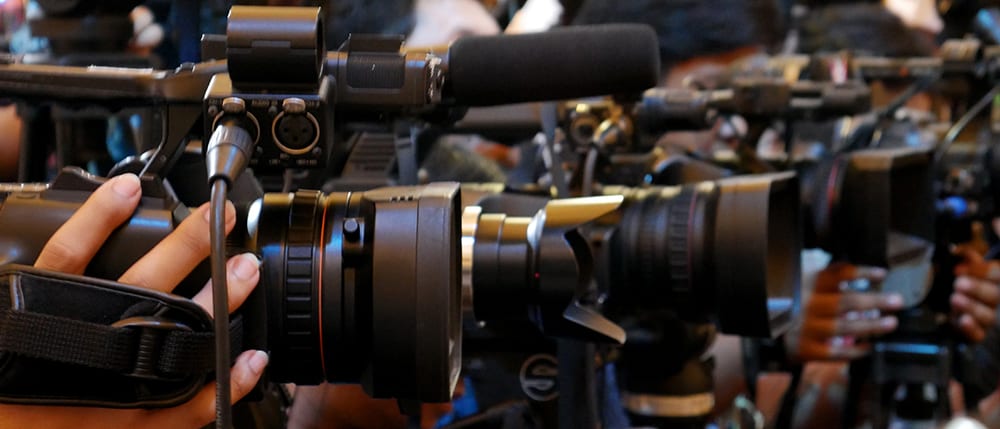
The Supreme Court is one of the last institutions – judicial or otherwise – immune from the watchful eye of television cameras. Should it be?
Our May Question of the Month asked judges if they believe the high court should allow its oral arguments – but not deliberations – to be broadcast live. Nearly 70 percent of the 759 respondents said they should. Nearly 200 judges posted comments (all but one anonymous).
Advocates for transparency
Among the pro-broadcast majority, many said the added exposure would be educational and improve transparency.
As one judge pointed out, the court holds oral arguments only in Washington, D.C., which means the vast majority of citizens will never have the chance to view the arguments. Many judges said broadcasting the proceedings would improve transparency and teach people how the court works.
“We’re weak on teaching civics and even weaker on explaining the Bill of Rights to citizens and legislators,” one judge wrote. The same judge argued that exposing oral arguments to greater public scrutiny could raise justices’ awareness of the impact of their decisions.
“Some members of the Court have trouble understanding that their decisions about – for example, voting rights, the 2nd Amendment, and campaign finance – have serious real-world consequences,” the judge wrote. “The pretense that judges can ‘channel’ or read 18th century minds and look to them to answer 21st century problems needs to be debunked.”
Judge Richard Ginkowski of the Municipal Court in Pleasant Prairie, Wisconsin, speculated that people tuning in might find the court’s work confusing or boring or both. But “the people should have the right to see the judiciary in action…. We have had electronic access to the courtrooms in Wisconsin for nearly 40 years with no appreciable difficulty.”
Another judge suggested that the broadcasts could reduce partisanship in the nomination and confirmation processes by connecting the justices “back to the people.”
Fear of showboating
Among the anti-broadcast minority, some judges feared the proceedings would become a circus, a la the O.J. Simpson murder trial, which was televised.
“[C]ameras in the courtroom lead to unnecessary drama created by attorneys and others in acting out for the camera,” wrote one.
Another feared the extra exposure would “subject the justices to more cable-news abuse for no worthy purpose.”
“Allowing live broadcast would affect the arguments and discussions on the issues,” a judge speculated. “Unfortunately, it is human nature that if you are aware you are being broadcast live you will subconsciously present yourself differently.”
Not surprisingly, a pro-broadcast judge disagreed that the presence of cameras would automatically cause disruptions and distractions.
“We already are in charge of maintaining order in the courtroom. Therefore, it should not be an issue. I say let the public in. What have we to hide?”
* Each month the College emails an informal, non-scientific, one-question survey to its more than 12,000 judicial alumni in the United States and abroad. The results summarized in the NJC’s monthly Judicial Edge are not intended to be characterized as conclusive research findings.
Go above and beyond with this leadership course
An NJC faculty member once observed, “No judge aspires to be average.” A desire to do more than the ordinary is why many judges take on projects to improve their courts, community or the justice system. Leadership for Judges provides the tools to be a leader on and off the bench, from project management to mindful leadership.
Offered June 4-7, 2018 and Aug. 13-16, 2018 (there are separate registration pages for each date) in Reno, Nevada
Click here for more information or to register

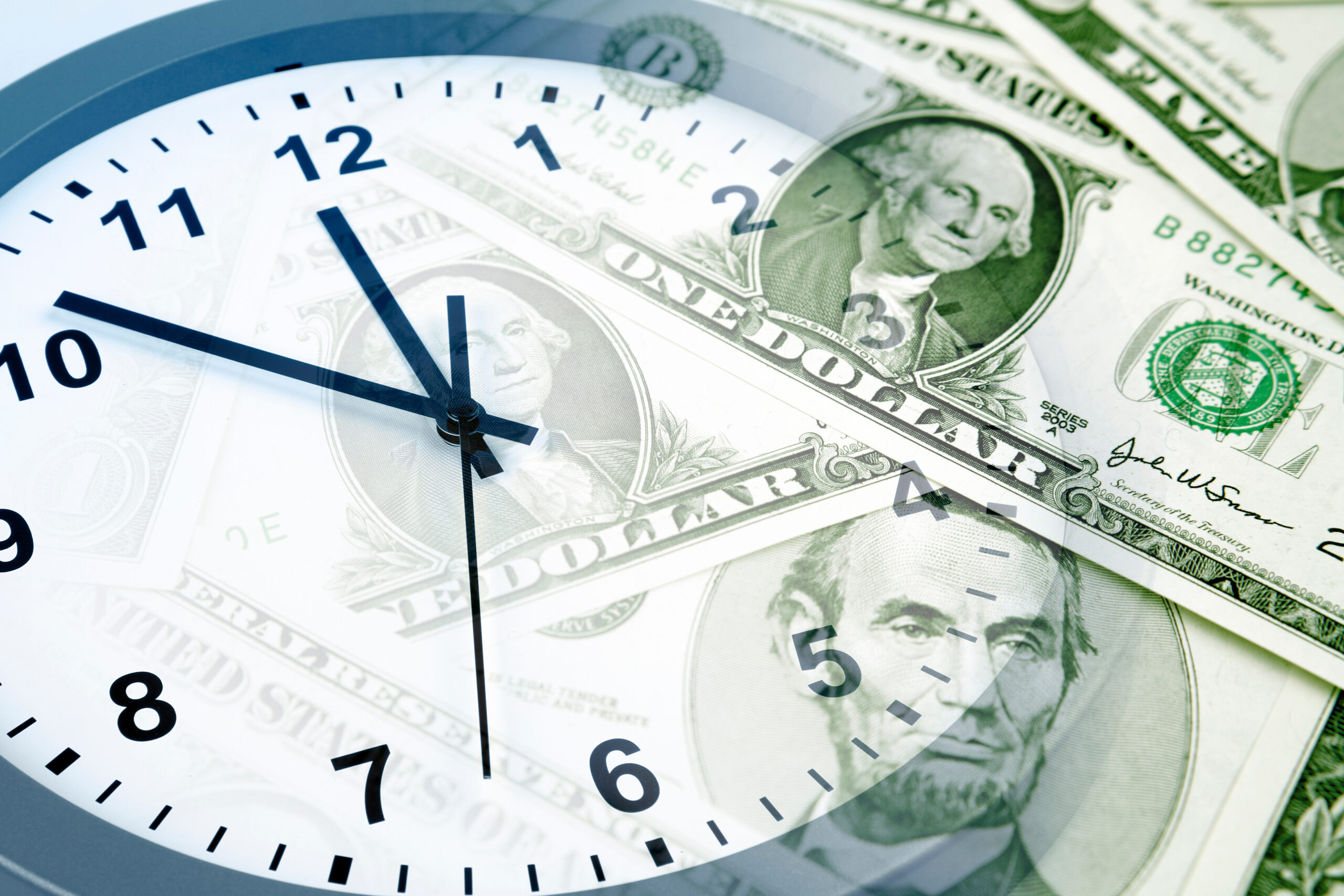
This month’s one-question survey* of NJC alumni asked, “How is 2024 shaping up for you and your court?�...
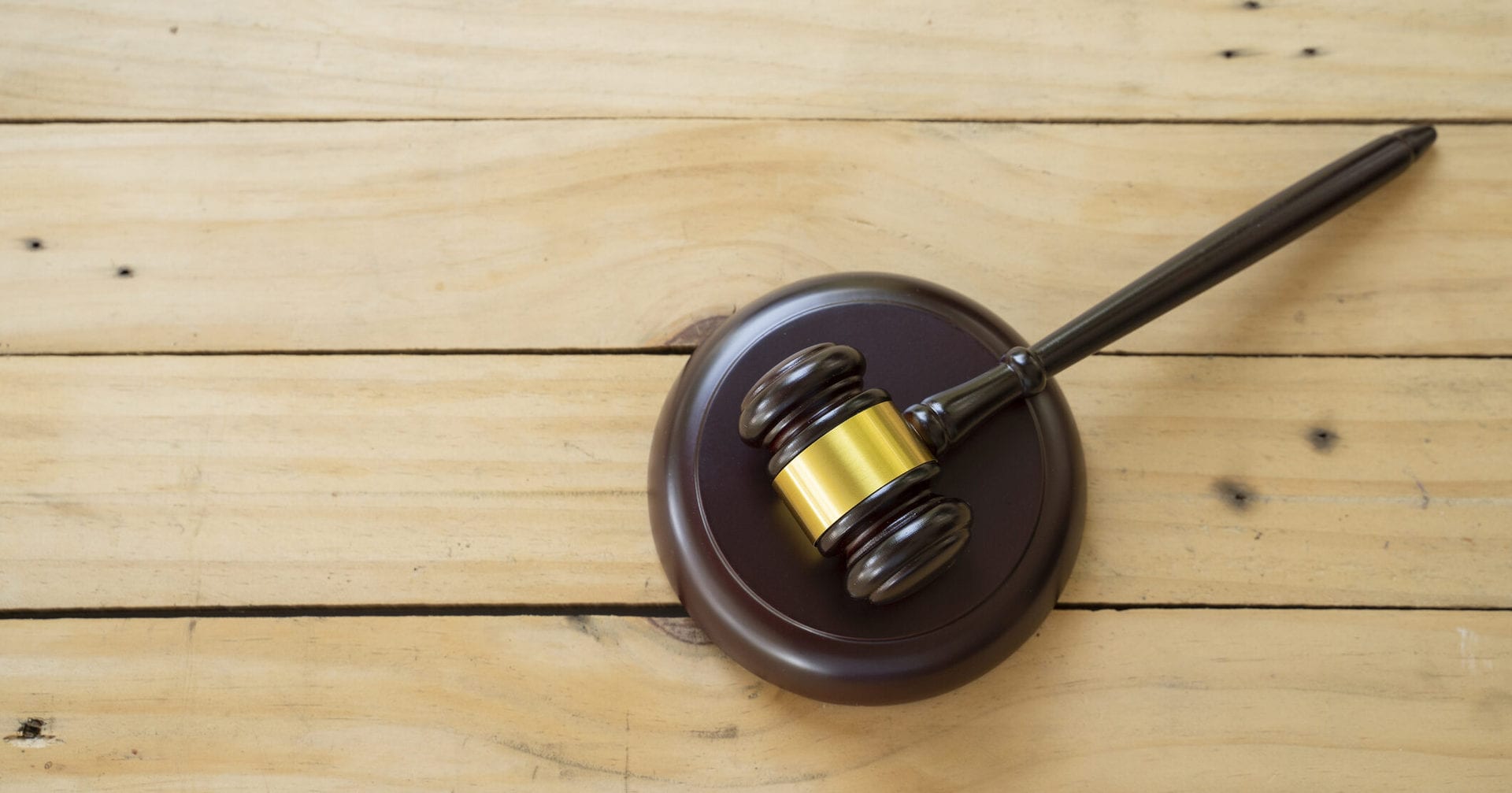
RENO, NV (PNS) – As they eye their inaugural football season this fall, the Gaveliers have question marks...
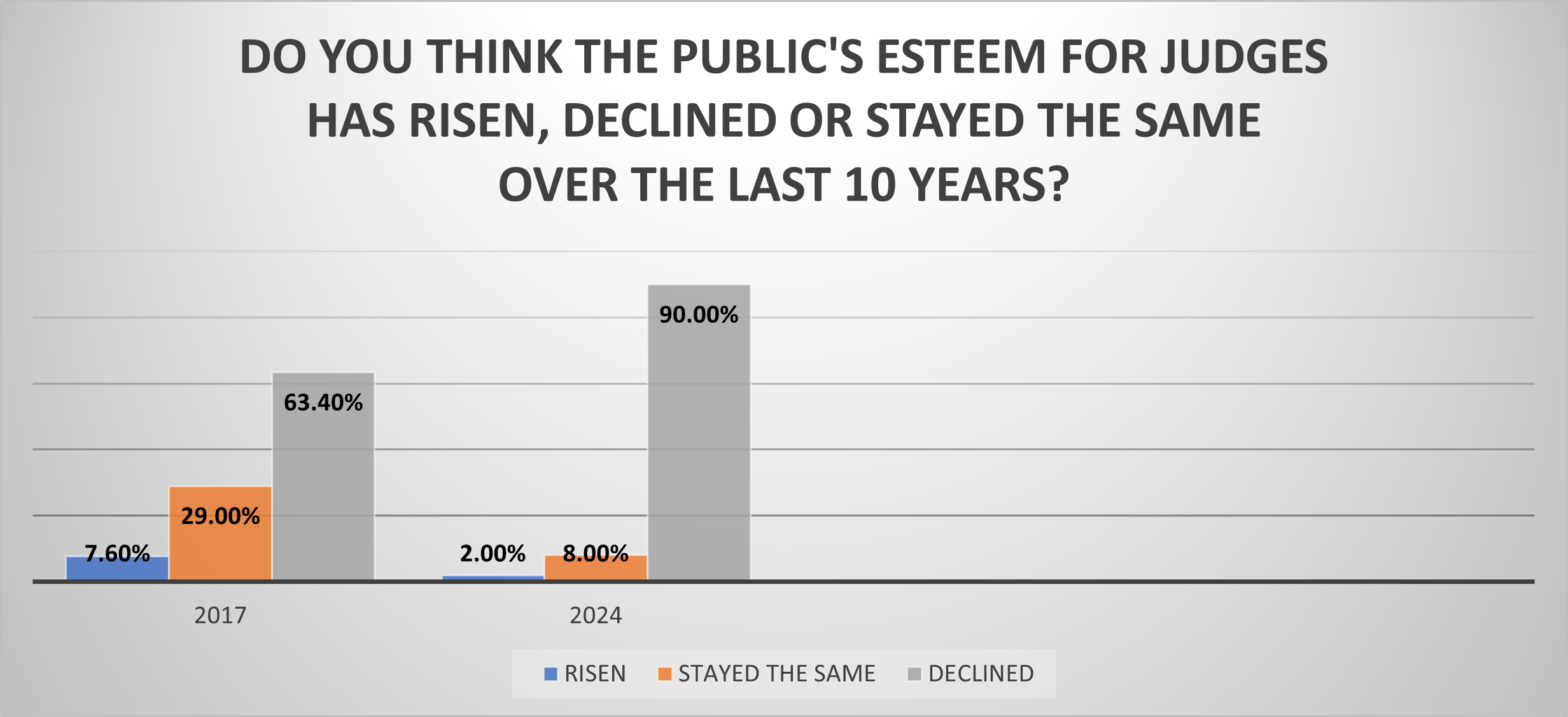
RENO, Nev. (March 8, 2024) — In what may reflect a devastating blow to the morale of the judiciary, 9 out...

In what may reflect a devastating blow to the morale of the judiciary, 9 out of 10 judges believe the publi...
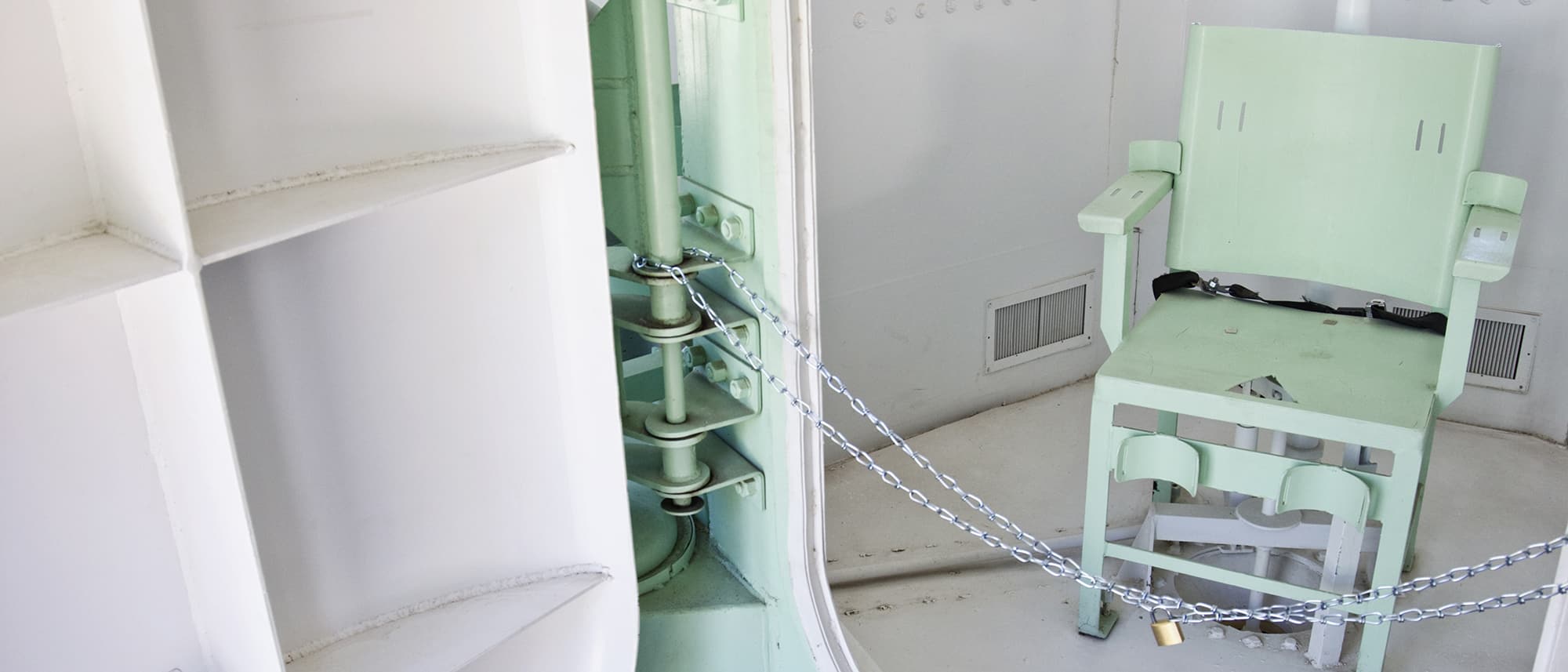
RENO, Nev. (Jan. 26, 2024) — The nation’s oldest, largest and most widely attended school for judges �...